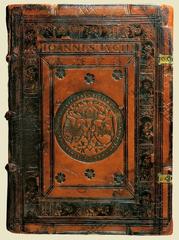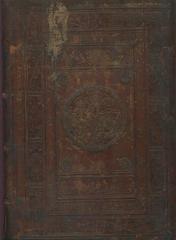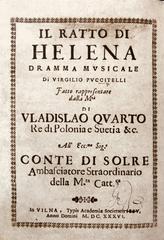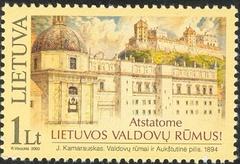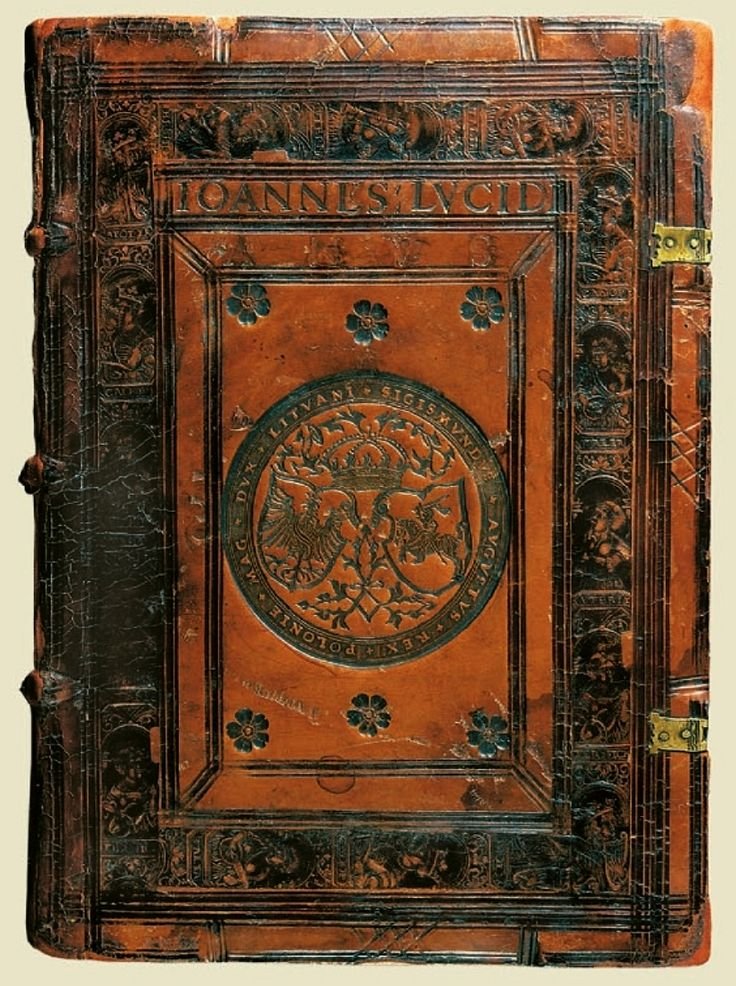
Palace of the Grand Dukes of Lithuania: Visiting Hours, Tickets, and Historical Significance in Vilnius
Date: 14/06/2025
Introduction
Situated in the heart of Vilnius Old Town, the Palace of the Grand Dukes of Lithuania is a resplendent symbol of the nation’s history and cultural identity. This reconstructed Renaissance and Baroque palace, once the political and administrative center of the Grand Duchy of Lithuania, now serves as a national museum and vibrant cultural venue. Its storied past, meticulous restoration, and comprehensive exhibitions make it a must-visit landmark for anyone interested in Vilnius historical sites, Lithuanian heritage, or European royal history (bbqboy.net, Wikipedia, Lonely Planet).
Table of Contents
- Introduction
- Historical Overview
- Visiting the Palace: Essential Information
- Museum Experience
- Travel Tips and Nearby Attractions
- FAQs
- Conclusion
- Sources
Historical Overview
Early Foundations and Medieval Origins
The site of the palace has been a focal point of Vilnius since the 13th and 14th centuries. Initially, it housed a wooden fortification at the meeting point of the Neris and Vilnia rivers, the nucleus of what would become Vilnius Old Town. By the 15th century, a grand stone palace rose on these foundations, reflecting the growing power and cultural sophistication of Lithuania’s rulers (bbqboy.net).
The Grand Duchy and the Polish–Lithuanian Commonwealth
During the 15th and 16th centuries, the palace was the main residence of the Grand Dukes of Lithuania, who presided over a state stretching from the Baltic to the Black Sea. Following the 1569 Union of Lublin, the palace became a major center of the Polish–Lithuanian Commonwealth, hosting state ceremonies, diplomatic summits, and royal festivities (bbqboy.net).
Decline, Demolition, and Reconstruction
Political turmoil and foreign domination led to the palace’s decline, culminating in its demolition in 1801 during the Russian occupation. The site remained in ruins until archaeological excavations began in the 20th century. Lithuania’s independence in 1991 paved the way for a painstaking reconstruction, completed in 2018, which restored the palace’s grandeur based on historical and archaeological evidence (bbqboy.net).
Visiting the Palace: Essential Information
Visiting Hours
-
September 1 – May 31
- Tuesday, Wednesday, Friday, Saturday: 10:00 – 18:00
- Thursday: 10:00 – 20:00
- Sunday: 10:00 – 16:00
- Monday: Closed
-
June 1 – August 31
- Monday, Tuesday, Wednesday, Sunday: 10:00 – 18:00
- Thursday, Friday, Saturday: 10:00 – 20:00
Always check the official website for up-to-date hours, especially during holidays or special events.
Ticket Prices and Purchase
- Adults: €13
- Children: €3
- Discounts for students, seniors, and groups
- Free entry for children under 7 and on designated days (e.g., the first Sunday of each month—confirm on the official website)
- Tickets can be purchased online or at the museum entrance. Online booking is recommended during peak seasons (whichmuseum.com).
Accessibility and Visitor Facilities
- Fully wheelchair accessible (elevators, ramps, accessible restrooms)
- Assistance available by prior arrangement
- Amenities: cloakroom, lockers, café, gift shop, free Wi-Fi
- Multilingual signage (Lithuanian and English)
Guided Tours and Audioguides
- Guided Tours: Available in several languages; book in advance via the official website.
- Audioguides: Offered in English, German, Polish, Russian, and French (whichmuseum.com).
Special Events and Photographic Spots
- The palace regularly hosts concerts, temporary exhibitions, and educational workshops.
- Photographers will enjoy the Grand Hall, palace courtyard, and panoramic views from the observation rooms.
Museum Experience
Exhibition Routes and Highlights
The museum is organized into four thematic routes, each revealing a different facet of the palace’s story (Lonely Planet, whichmuseum.com):
- Archaeological Foundations and Early History:
Explore authentic walls, medieval artifacts, and the deep roots of Lithuanian statehood. - Ceremonial and Residential Halls:
Walk through reconstructed Renaissance and Baroque interiors, including the opulent throne room and grand ducal chambers. - Military and Political Power:
View collections of weaponry, armor, and models illustrating the palace’s defensive and administrative roles. - Temporary Exhibitions and Cultural Events:
Discover rotating exhibitions, concerts, and special programs reflecting the breadth of Lithuanian and European culture.
Notable highlights include the throne and regalia display, archaeological finds, and interactive multimedia installations. Most exhibits accommodate self-guided exploration, supplemented by audioguides.
Travel Tips and Nearby Attractions
- Allow 2–3 hours for a thorough visit; enthusiasts may require more time.
- Best time to visit: Mornings, weekdays, and Thursday evenings (extended hours).
- Getting there: Centrally located in Cathedral Square, accessible by foot, public transit, or taxi (parking is limited).
- Nearby attractions:
- Vilnius Cathedral: Adjacent to the palace.
- Gediminas Castle Tower: A short walk uphill for panoramic city views (myglobalviewpoint.com).
- Vilnius Old Town: UNESCO-listed, rich in architecture and cafés.
- Other museums: Museum of Occupations and Freedom Fights, Vilna Gaon Jewish State Museum, and Money Museum (whichmuseum.com).
Frequently Asked Questions (FAQ)
Q: What are the Palace of the Grand Dukes of Lithuania visiting hours?
A: Hours vary seasonally; check the official website for current schedules.
Q: How do I buy tickets?
A: Purchase online or at the entrance; online booking is advised during busy periods.
Q: Is the palace accessible to wheelchair users?
A: Yes, with ramps, elevators, and accessible restrooms.
Q: Are guided tours available?
A: Yes, in multiple languages; reserve in advance.
Q: Can I take photographs?
A: Yes, in most areas; some temporary exhibitions may restrict photography.
Q: Are there activities for children?
A: The museum is family-friendly, with interactive displays and educational programs.
Conclusion
The Palace of the Grand Dukes of Lithuania is much more than an architectural landmark—it is a living chronicle of a nation’s resilience and cultural revival. From medieval fortifications to Renaissance splendor and modern restoration, the palace offers visitors a deep dive into Lithuania’s royal legacy. With its immersive exhibitions, engaging guided tours, and accessible facilities, it stands as one of Vilnius’s premier historical destinations. For the most rewarding experience, plan ahead by checking seasonal opening hours, booking tickets online, and considering a guided tour. Don’t miss the opportunity to explore Vilnius’s grandest palace and the vibrant history it embodies.
Visuals and Media
- View official images and virtual tours on the museum’s website and in related articles.
- Recommended alt tags for images: “Palace of the Grand Dukes of Lithuania visiting hours,” “Vilnius historical sites palace interior,” “Palace of the Grand Dukes of Lithuania tickets.”
Internal and External Links
Consider exploring related guides on “Top Historical Sites in Vilnius,” “Guide to Vilnius Old Town,” and “Best Museums in Lithuania” for a richer travel experience. For official updates, ticket purchases, and event calendars, visit the Palace of the Grand Dukes of Lithuania official website.
Sources
- Palace of the Grand Dukes of Lithuania in Vilnius: History, Visiting Hours, Tickets, and Visitor Guide, 2024, bbqboy.net (bbqboy.net)
- Discover the Palace of the Grand Dukes of Lithuania: A Must-Visit Vilnius Historical Site, 2024, Wikipedia (Wikipedia)
- Palace of the Grand Dukes of Lithuania: Visiting Hours, Tickets, and Historical Highlights in Vilnius, 2024, Lonely Planet (Lonely Planet)
- Palace of the Grand Dukes of Lithuania Visiting Hours, Tickets, and Visitor Guide: Explore Vilnius’ Historic Gem, 2025, whichmuseum.com (whichmuseum.com)
- Palace of the Grand Dukes of Lithuania, Google Arts & Culture (Google Arts & Culture)
